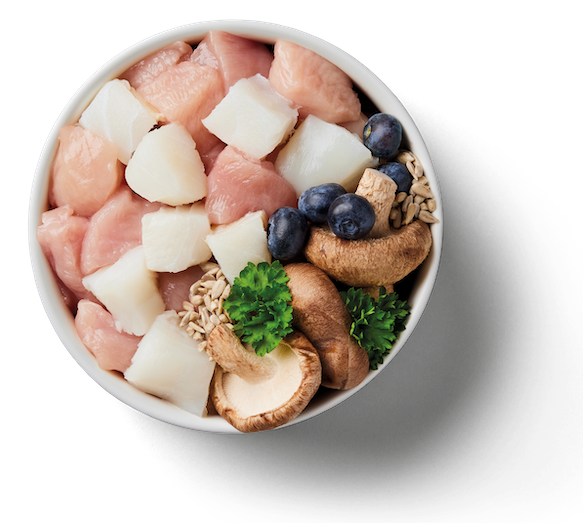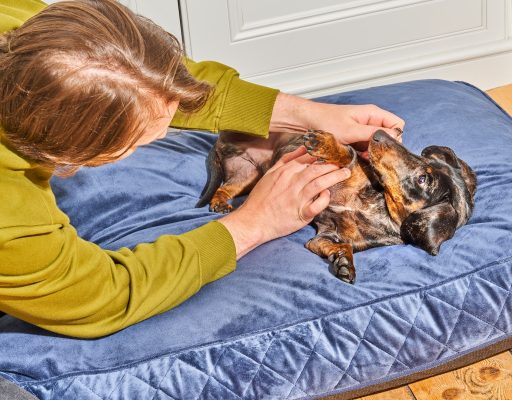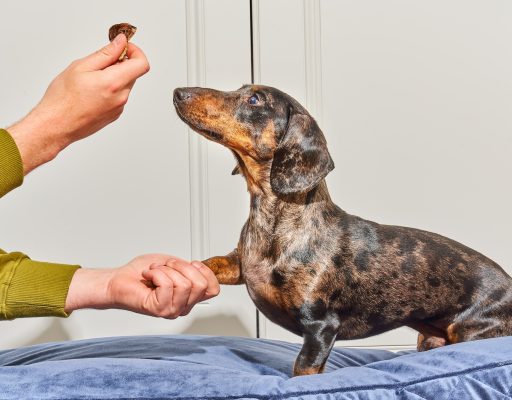The Topline Results
Our results are so good that we want our RAW data reviewed and published in a scientific journal, and that takes time.
While we wait for the deep-dive results… do you want to hear the initial findings??

Our Mission
We didn’t know what we would find, but we wanted some definitive science to prove our gut instinct: that raw feeding contributes to overall health via the gut microbiome—the foundation of our dog’s health. So we brought in the experts…
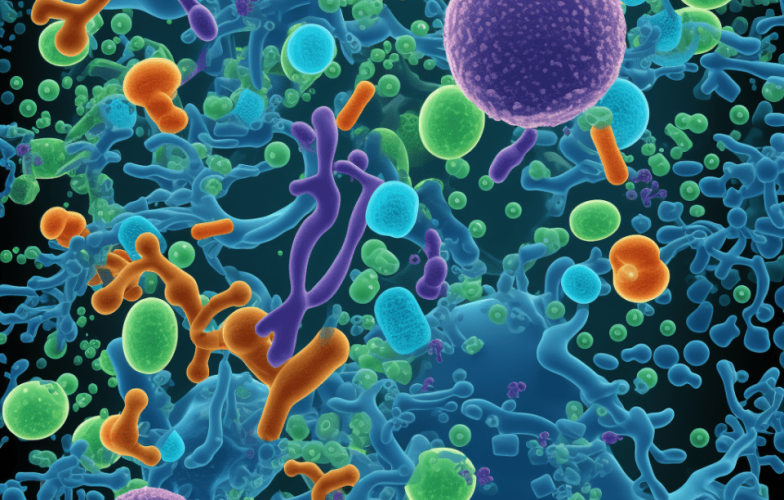
What Is The Gut Microbiome?
The gut microbiome is a community of organisms that live in your dog’s digestive system. Billions of them.
Without them, mammals wouldn’t exist, and it’s already proven that they influence our dogs’ health, wellbeing, and even behaviour. They feed on our dog’s diet, breaking it down into useful molecules our dogs can absorb. The balance of microbes in our dog’s gut impacts their overall health.
So, what effect does changing to a raw diet have on your dog’s gut microbiome?
The Guts of the Study
A study of this scale has never been done before, so we went in with an open mind. It’s an exploratory study, and we had no idea what it would show. Would it be positive? We had a good gut feeling about it.
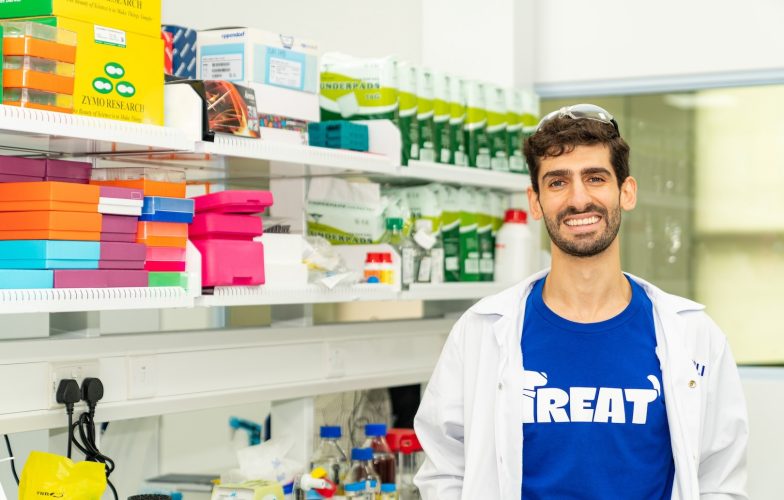
Here’s what we did…
- We teamed up with Treat Therapeutics to conduct the largest European study about the effects of raw food on dogs‘ gut health. Treat Therapeutics mission is based around advancing pet health through data driven results.
- We reached out to pet owners who feed kibble and who wanted to see if our products really can change their dog‘s microbiome. We had an overwhelming response and recruited 101 pet dogs. There were over 42 breeds and a range of sizes and ages so that we can really understand the effects of Nutriment raw food on as many dogs as possible.
- We took a stool sample on day 0 and transitioned them for 5 days onto a raw diet appropriate for them. After feeding raw for 35 days, we took another stool sample.
- Our experts delved into the DNA of the microbes living in these dogs’ guts. They worked out how many types there were, what types, and what these gut companions are doing for our dogs.
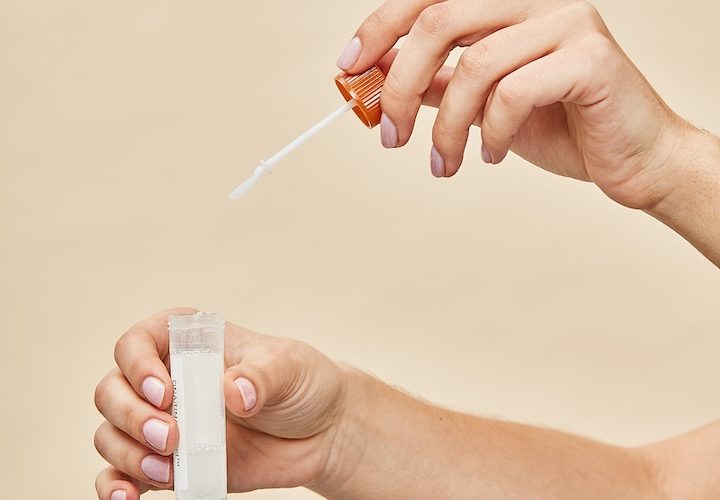
What Did the Researchers Measure?
The Big Picture
First, researchers looked at the diversity of the gut microbiome. This is split into two parts:
- Richness – How many different types of organism are in the gut.
- Evenness – How balanced the microbiome is. Are there lots more of one microbe, or is it a harmonious spread?
Who’s In There?
Diversity doesn’t tell the whole story, and it would be easy to draw the wrong conclusions without digging deeper into the exact microbes in the microbiome. So, researchers sequenced the DNA in the samples (removing the dog’s own DNA) and worked out exactly what species were there, then compared that to an expected “normal, healthy” dog.
What Are They Doing?
There are many essential nutrients that dogs (and humans) can’t make themselves. They rely on their gut bacteria to make them. Changes to diet can encourage these beneficial organisms to thrive. So, once researchers knew which organisms were in the study dogs’ microbiomes, they wanted to know what they were doing. What “metabolites” or nutrients were they producing for the dog, and what impact did this have on their overall health?
Are there any baddies, and what are they up to?
Not all pathogens are bad (for example, some strains of E. coli make Vitamin K). But some aren’t so great, and researchers investigated whether the load (number) of pathogens had increased or decreased after the change to raw food.
What Next?
We were so blown away by the initial results, we have decided to take a deeper dive into the data. Be the first to discover further insights by signing up to our newsletter.
